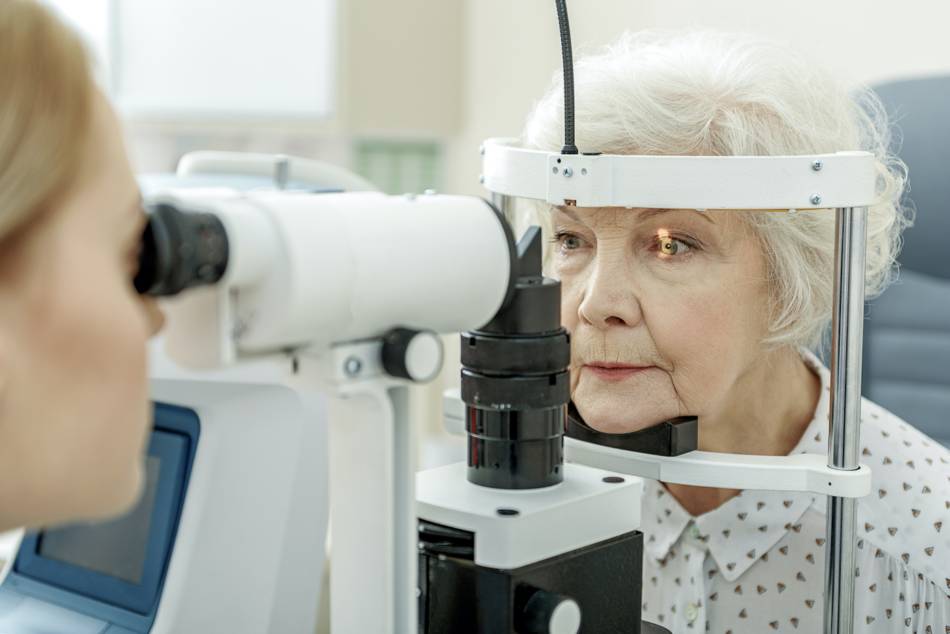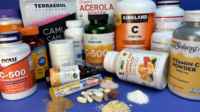
Answer:
Modest but not high doses of vitamin C from supplements may help prevent cataracts if taken for a long enough period. Get the details in the Full Answer >>
For extensive information about vitamin C supplements, see the Vitamin C Product Review.
Join today to unlock all member benefits including full access to all CL Answers and over 1,400 reviews.
Join NowAlready a member? Sign In Here.
Join now at www.consumerlab.com/join/
Loading Comments…







Submit your comment
This feature is restricted to active members.
Join now to add comments and get all member benefits, including over 1,400 reviews.
Join NowAlready a member? Sign in here.